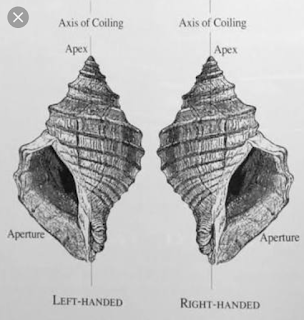Nuclear inheritance in paramecium (Kappa particles (K))
Kappa particles in Paramecium
Sonneborn found two types of strain in paramecium .i. e. Killer and sensitive.
- Killer strain : Killer strains contain Kappa particles * .These strains produce a poisonous substance called paramecin with the help of kappa particles. These kappa particles remain unaffected in presence of paramecin.
The kappa particles can be retained one in those individuals which possess a dominant gene K (having recessive allele K) in nucleus.
Cross between killer and sensitive strain
- Conjugation takes place for less time : when conjugation takes place for less than three minutes, only nuclear exchange takes place. Formation of cytoplasmic bridge doesn't takes place. After conjugation each race produces its own type.
- Conjugation takes place for longer time : When conjugation takes place for longer time, cytoplasmic bridges May be formed. In this case, a portion of cytoplasm is also exchanged. After this type of conjugation both the ex-conjugats produce killers.
Conclusion :
Due to nuclear exchange in both the Cases sensitive conjugation receive dominant K from killer strain.
- In first case, because there is no cytoplasmic exchange only killer ex-conjugats produce killer and sensitive offsprings. While sensitive strain also with same genotype Kk produces only sensitive as its cytoplasm lacks kappa particles.
- In second case, because sensitive strain receive kappa particles due to cytoplamic exchange, it is also able to produce killer KK as well as sensitive kk offsprings.





👍👍👍
ReplyDeleteThnku dear
ReplyDelete